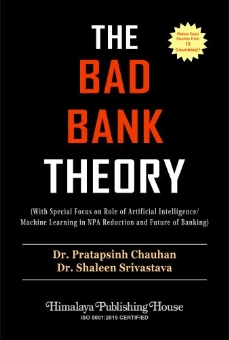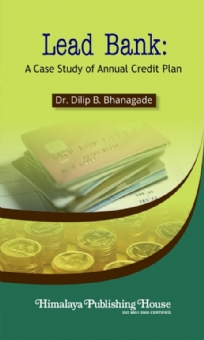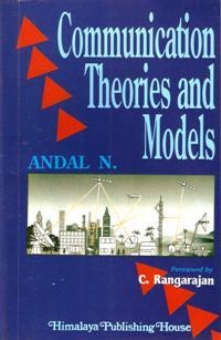Banking industry in India is undergoing a massive change in terms of business delivery, structural reforms and introduction of Data Analytics/Artificial Intelligence in its business models to improve asset quality and find new ways of increasing loan book size. Various banks are now focussing to tap customers by providing doorstep banking services and various initiatives like Video KYC to gain competitive edge. COVID-19 Pandemic has also taught banks in India to focus on services at the comfort level of customers.
Inspite of this paradigm shift to new approaches in banking, the problem of rising NPAs is still haunting the banks by creating roadblocks in credit expansion. With 2nd wave of COVID Pandemic creating chaos all over the world, many customers have defaulted on their loans due to which bankers are becoming reluctant to sanction new loans. Various initiatives have been taken by RBI to promote credit expansion like Repo Rate reduction, LTRO, TLTRO, Operation Twist, etc. along with supporting Government in its GSAP 2.0 (Government Securities Acquisition Program). RBI also allowed loan moratorium to borrowers for repayment of loans and Government. too announced COVID-19 resolution framework to boost the economy but inspite of all this, credit growth remained stagnant at 5-6% in FY21 with marginal improvement in FY22. Banks practically cannot stop lending as economic and industrial growth largely depends on bank credit. The main objective for banks right now should be to effectively manage NPAs, and at the same time, focus on expansion of credit portfolio.
To improve financial condition and health of banks, a “BAD Bank” structure was proposed by Finance Minister in her Union Budget Speech in Feb. 2021 by the name – NARCL (National Asset Reconstruction Company Limited).
The key questions that remain in front of us are –
– Is India’s proposed “BAD Bank” – NARCL a long-term solution to reduce NPAs? Or, is it just old wine in a new bottle?
– Why was there a need for a “BAD Bank” in India? Is NARCL perfectly designed as per successful Global BAD Bank Models?
– How can the problem of rising NPAs be resolved at bank or institutional level?
– Is bank privatisation a good solution to improve health of overall Indian banking system?
– How can AI/ML and Analytics-based Data-driven strategies be helpful to reduce NPAs and change the future of banking?
This book explains the complete “BAD Bank Theory” – how “BAD Bank” structures have been created globally in various countries at different periods of financial crisis. This book covers Global Case studies from 10 different countries where “BAD Bank” structures have been incorporated in the past along with learnings from each country. In this book we have analysed various pros and cons of proposed NARCL/”BAD Bank” on the basis of parameters taken after studying Global BAD Bank Models.
This book also covers evolution of banks in India across different periods and whether bank privatisation of public sector banks will be of any help in resolving the issue of increasing NPAs. Case study of IDBI Bank Privatisation has been covered in detail.
Along with this, the book also covers various reasons of accounts becoming NPA at each stage of Loan Delivery cycle in Indian banking sector and how automation/analytics can manage these issues at bank level.
This book also focusses on role of Artificial Intelligence, Machine Learning and Data Analytics for redefining future of Indian banking industry and how problem of NPAs can be reduced by designing suitable AI/ML models.
Contents –
1. Need for a “BAD BANK” in India
2. “BAD BANK” Models (Global Case Studies)
3. Formation of NARCL – Good or Bad?
4. NPA Resolution Remedies at Bank Level
5. Future of Bank Privatisation in India
6. Role of AI/ML in NPA Reduction
7. Case Study: Relevance of Social Media Platform Score (SMPS) for Credit Underwriting in Banking
References and Bibliography






